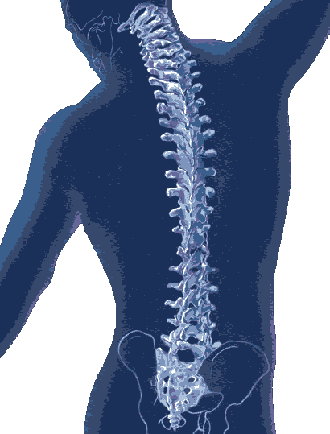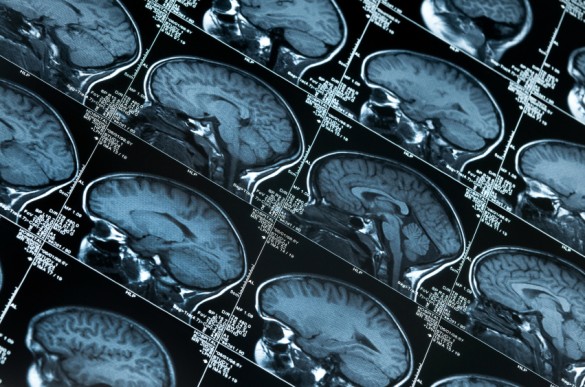Vanderbilt University researchers have demonstrated, for the first time in a primate model, that injury disrupts neural signaling in the spinal cord and that these changes can be measured non-invasively with functional magnetic resonance imaging (fMRI).
Their findings, published this week in the Proceedings of the National Academy of Sciences, suggest that determining the “functional connectivity” of neural circuits in the spinal cord could provide the first imaging “biomarker” of spinal cord function after injury.
A biomarker could help doctors predict the likelihood that interventions, such as electrical stimulation of the nerves, will restore function at the site of the injury in humans. It also could provide a measure over time the effectiveness of such treatments.

“We now have a biomarker,” said the paper’s first author, Li Min Chen, M.D., Ph.D., associate professor of Radiology and Radiological Sciences. “Can we use it either (to measure) treatment response or in prediction of recovery?”
Last August, a team led by John Gore, Ph.D., director of the Vanderbilt University Institute of Imaging Science (VUIIS), reported the first conclusive non-invasive measurement of neural signaling in the spinal cords of healthy human volunteers.
Studies of the “resting” brain reveal how neural circuits coordinate to control various functions and to produce different behaviors. The spinal cord has been more difficult to study because it is much smaller than the brain and conventional fMRI isn’t sensitive enough to pick up its signals.
The Vanderbilt team has overcome this challenge by using high-field fMRI scanners, multichannel spinal cord coils and advanced methods for acquiring and analyzing the images.
The current study used a scanner with a 9.4 Tesla magnet, which can resolve finer details and detect smaller changes caused by neural activity than clinical scanners operating at field strengths of 1.5 to 3 Tesla.
One Tesla is roughly 20,000 times the strength of the magnetic field of the earth.
Gore, the Hertha Ramsey Cress Professor of Medicine and vice chair of Research in the Department of Radiology and Radiological Sciences, was the senior author. Other co-authors were Arabinda Mishra, Pai-Feng Yang, Ph.D., and Feng Wang, Ph.D.
The study was supported in part by National Institutes of Health grants NS069909 and NS078680.















